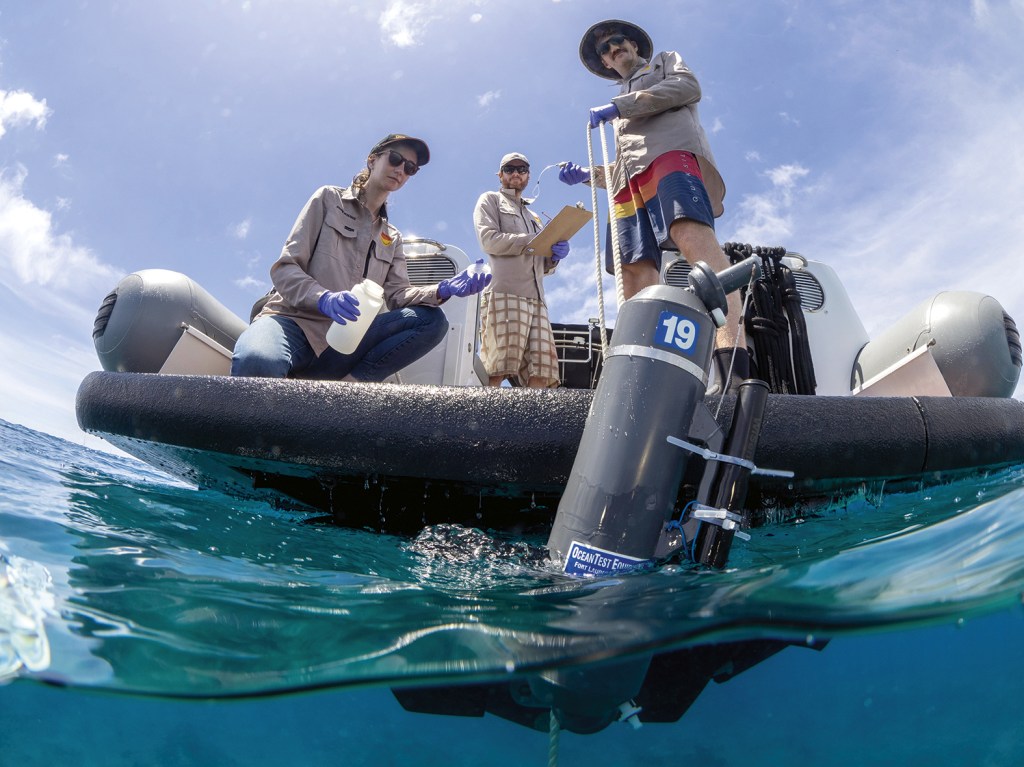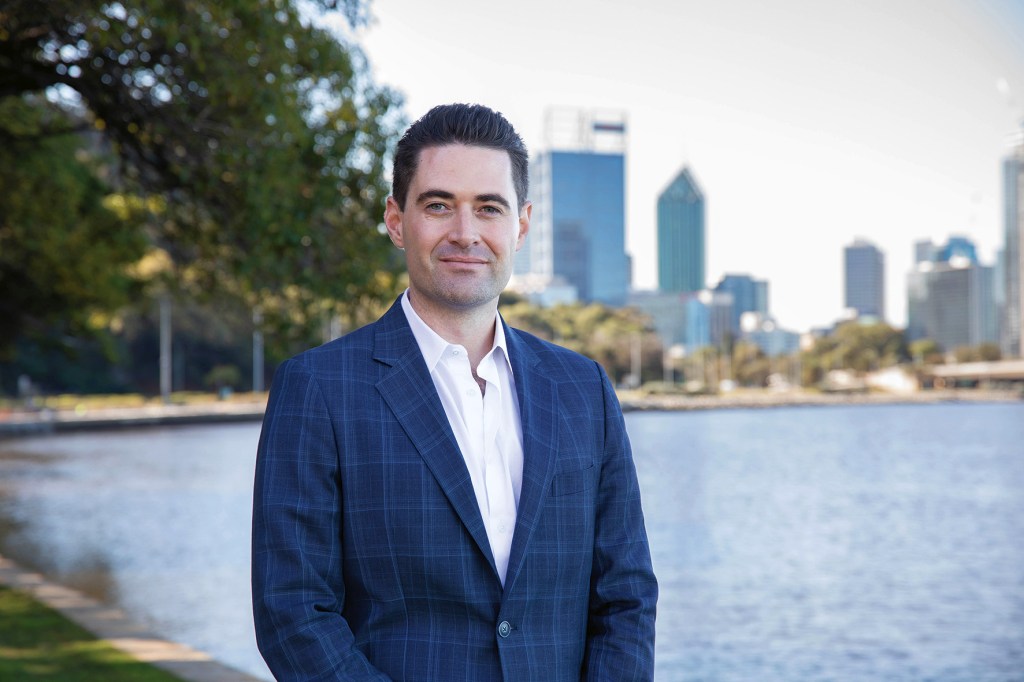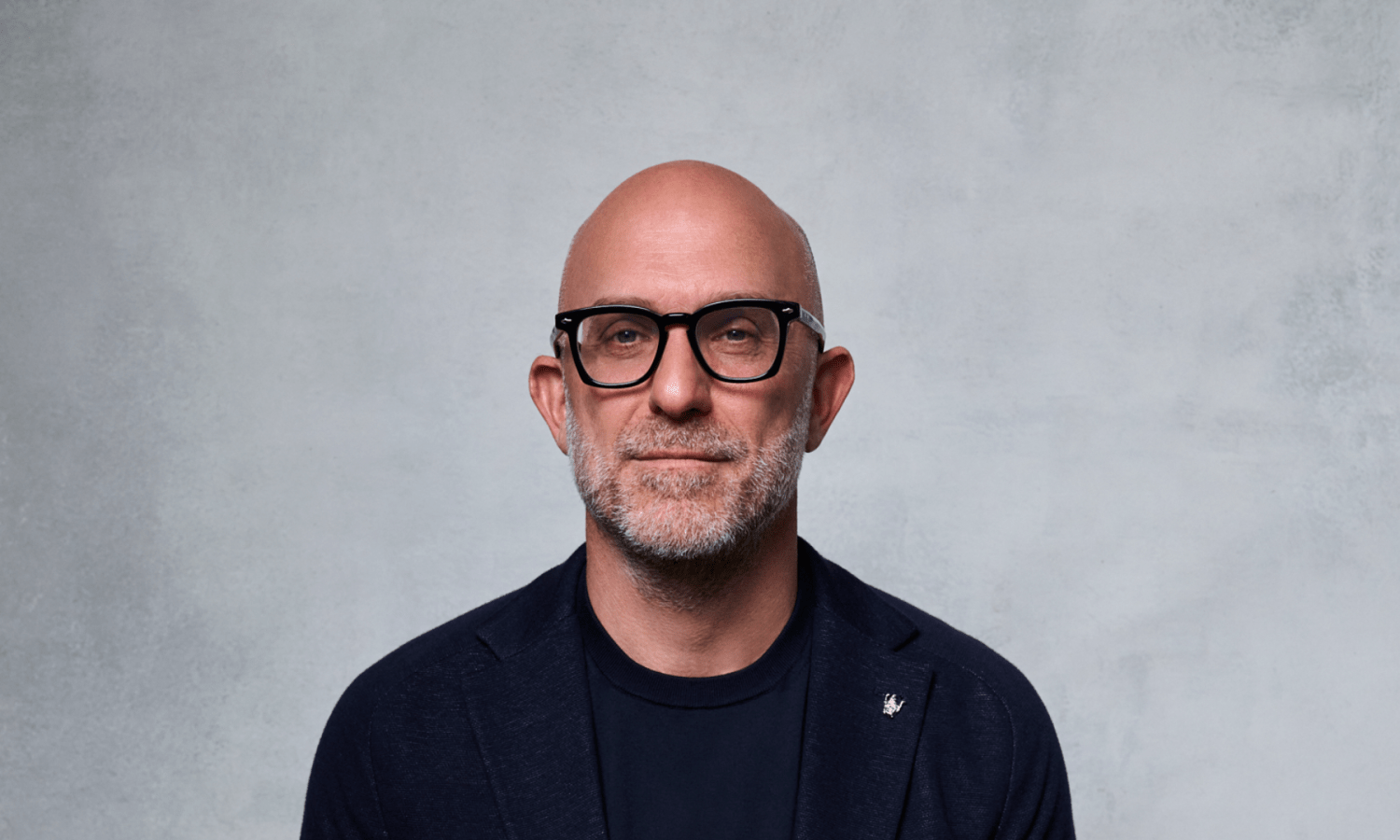Australia is about to experience the largest intergenerational wealth transfer in the country’s history. Minderoo Foundation CEO John Hartman explains how this may provide not only unprecedented funding for philanthropy but also a chance to focus outcomes and create a better alignment to be able to achieve them.
This story is featured in Issue 18 of Forbes Australia. Tap here to secure your copy.

Just a handful of weeks ago, we passed the halfway point of the decade. We’re now closer to 2030 than we are to 2020.
Before we know it, 2030 will be on our doorstep, and we will be in the midst of the largest intergenerational wealth transfer in Australia’s history.
This represents an extraordinary opportunity for Australia’s for-purpose sector, one where we can unlock unprecedented funding, fuel innovation, and tackle our most pressing social challenges with long-term, scalable solutions.
The alternative is that we let the opportunity slip and maintain the status quo, where leaders with solutions feel like consultants on their own effective projects, where short-term projects compete for limited resources, and systemic problems remain unsolved. The difference between those futures comes down to alignment.
For too long, the dominant question in philanthropy has been: “How much are we funding?” But volume isn’t the issue. The real question we should be asking is: “Are we aligned in what we’re trying to achieve?”. Philanthropic alignment ensures funders, non-profits and communities are rowing in the same direction toward shared goals, with shared values, complementary strategies and a mutual understanding of what success looks like. It allows us to leverage everyone’s contributions. Without it, we are not building solutions; we are contributing to confusion.
An aligned funder doesn’t expect instant results. They understand that meaningful impact requires patience, that progress builds over time and that mutual trust is at the heart of the best partnerships. They recognise systems change can be an uncomfortable stretch but commit for the long haul because that’s what lasting change demands.
The cost of misalignment isn’t just inefficiency; it’s duplication of effort, and it can stand in the way of progress. Non-profits spend countless hours tailoring grant applications to satisfy the shifting preferences of funders, diverting precious energy from delivering services. Leaders burn out chasing short-term grants that force them into mission drift. Funding sustainability is compromised because programs are tied to a funder’s ambitions.
Alignment is the antidote and the catalyst. When funders, such as Minderoo and non-profits, are strategically aligned, administrative burdens shrink. Shared outcomes emerge that are greater than the sum of their parts. We can learn together, and share a collective view of impact, which can be shared with others. Collaboration doesn’t feel forced; it becomes second nature.
At Minderoo, we believe that alignment builds trust, and trust is the fuel that long-term change requires. When funders behave like partners, not patrons, organisations can experiment, fail, learn and scale what works. Honest conversations become possible without fear that a temporary setback will jeopardise future funding. Those with proven solutions can sit in the driver’s seat, and those around them can help navigate how to gain greater traction or leverage.
The reality is that the philanthropic sector has known this for years. Yet large parts of Australian philanthropy continue to prioritise short-term activities and outputs over projects that address the causes of systemic challenges.
Systems change requires more than a 12-month cycle. If we want to solve the world’s toughest challenges, we need to fund differently. Patient capital is essential for creating lasting change. It is what allows bold ideas to grow and impact to endure. It requires a willingness to shift to multi-year, flexible funding, to support early-stage or high-risk innovations, to invest in infrastructure, to fund advocacy, capability development, capacity or data systems – the parts of change-making that deliver sustainable results.
Minderoo’s early investment in the Freedom Fund is an example of patient capital in action. As a founding partner, Minderoo provided long-term, flexible funding to help build the organisation and tackle the root causes of modern slavery. This support focused on lasting change, not quick fixes, by backing policy reform, grassroots partnerships and evidence-building through the Global Slavery Index. Along with other co-funders, Minderoo’s commitment enabled the Freedom Fund to take a bold, learning-driven approach and attract further co-investment. It demonstrated how patient capital can unlock deeper, more sustainable impact.

Minderoo’s OceanOmics program, which involves long-term investment in cutting-edge science and genome reference databases, is a recent example of how patient capital can drive lasting change. The program uses environmental DNA (eDNA) to monitor ocean biodiversity and convert this information into conservation decisions. Rather than seeking short-term results, Minderoo is funding the development of new tools, infrastructure (including a research vessel and biobanks) and scientific ‘know-how’ that will take time to deliver full impact. This patient, risk-tolerant approach supports breakthrough innovation and aims to drive lasting change in how we protect and manage marine ecosystems.
Ultimately, this is a call for philanthropy to move beyond its comfort zone.
Alignment demands that funders listen more than they talk, follow the lead of those closest to the work and commit for the long haul. Australia’s for-purpose sector has the talent, passion and knowledge to transform lives at scale. What we need to do is build a shared vision, trust partners and invest in the long game.
Who is John Hartman?
The CEO of Minderoo Foundation & Tattarang, John was previously Chief Investment Officer at both organisations, holding that role since 2012.

As CEO of Australia’s largest philanthropic company, Minderoo Foundation, John drives its mission to forge a fair future and its vision of a society that values all people and natural ecosystems.
John has instilled a systems-led approach to uplift communities, advance gender equality, protect natural ecosystems, and respond to emerging challenges.
As CEO of Tattarang, John oversees one of Australia’s largest and most diverse private investment groups. Tattarang has more than $30bn of assets under management across a range of sectors including agri-food, energy, resources, property and health-tech. John holds several board positions, including Chairman of Wyloo and R.M. Williams and Director at Squadron Energy.
John drives investment strategies that deliver strong commercial returns over a long-term investment horizon while using capital as a force for good.
Look back on the week that was with hand-picked articles from Australia and around the world. Sign up to the Forbes Australia newsletter here or become a member here.



